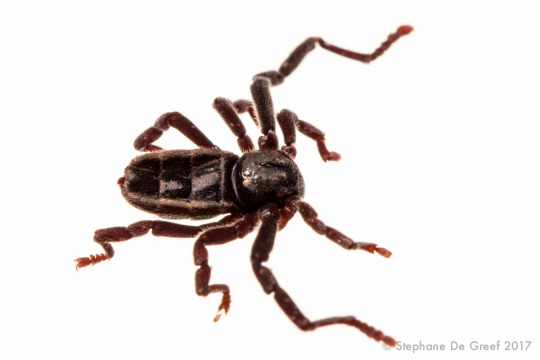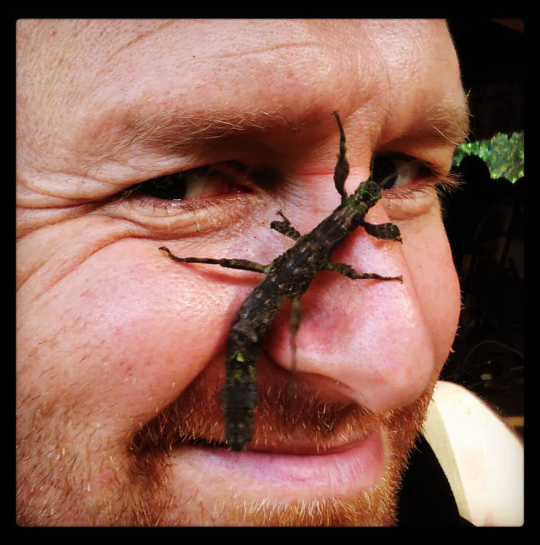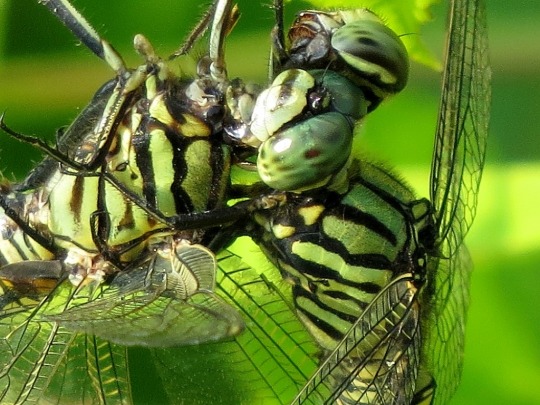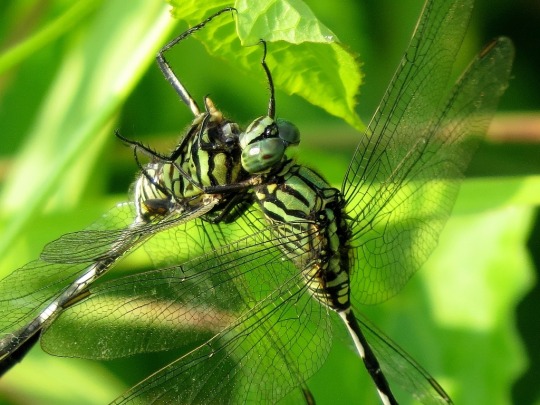Observation of the Week, 3/31/17
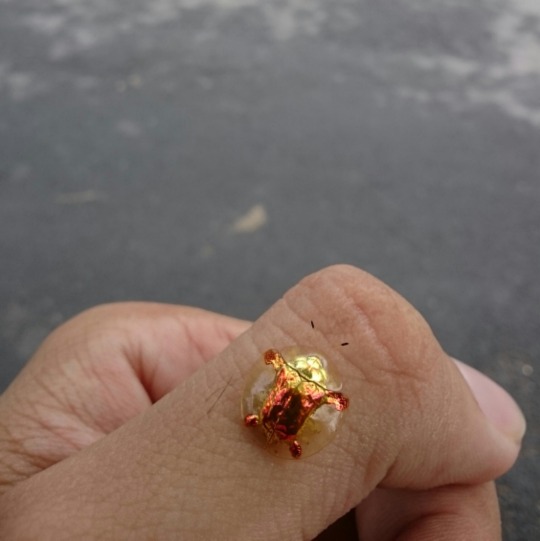
This Aspidimorpha sanctaecrucis beetle, seen in in Indonesia by @tickteng, is our Observation of the Week!
While not a professional naturalist, Patrick has always been interested in the natural world. As a child, he says, “I spent a lot of time watching documentaries, learning about nature. I'd chase any insects and collect them. My favorites were grasshoppers and mantids. I'd go into the muddy pool to find any little fishes or critters. I find that the life of these little creatures is fascinating and too pretty to be missed.”
He recently joined iNaturalist because he wanted to share the photos of wildlife that he’s taken, and we’re glad he did. The above Aspidimorpha sanctaecrucis beetle photograph above became one of our most viewed social media posts ever, with nearly 12,000 views on Twitter (and garnered the nickname Power Ranger beetle) and nearly 6,000 on Facebook (where it was called an Iron Man beetle)!
Like a past Observation of the Week, Patrick found this animal while waiting for a bus. “So, it was Friday, the sun was scorching hot,” recalls Patrick about the day he took the photograph. “I just finished doing my work, waiting for the bus. It took a while for the bus to come, so I decided to explore the grass nearby. And there, when I turned a leaf upside down, I found that little beetle, gleaming in its gold armor. That was not my first encounter with this beauty. I picked it up and then took a photograph of it in my hand. After a photo or two, the beetle then flew away from my hand, back to its peaceful sanctuary.”
Aspidimorpha sanctaecrucis beetles can be found throughout much of easter and southeastern Asia, from northeast India through China and down to Indonesia. As a member of the “tortoise beetles,” it has elytra (the hard outer wings) and a pronotum (thorax overing) that spread out to cover the legs. In this beetle’s case, those parts of it anatomy are translucent and have gold and red patches, which fade once the animal dies. Both larvae and adults feed on plants in the morning glory family, and the larvae even cover themselves with fecal shields!
- Tony Iwane
- You can check out Patrick’s Instagram feed here.
- Can’t get enough tortoise beetles? There are over 400 observations of them on iNat!
- More about fecal shields from Wired Magazine. Yup.



